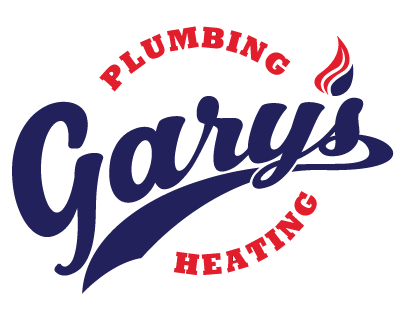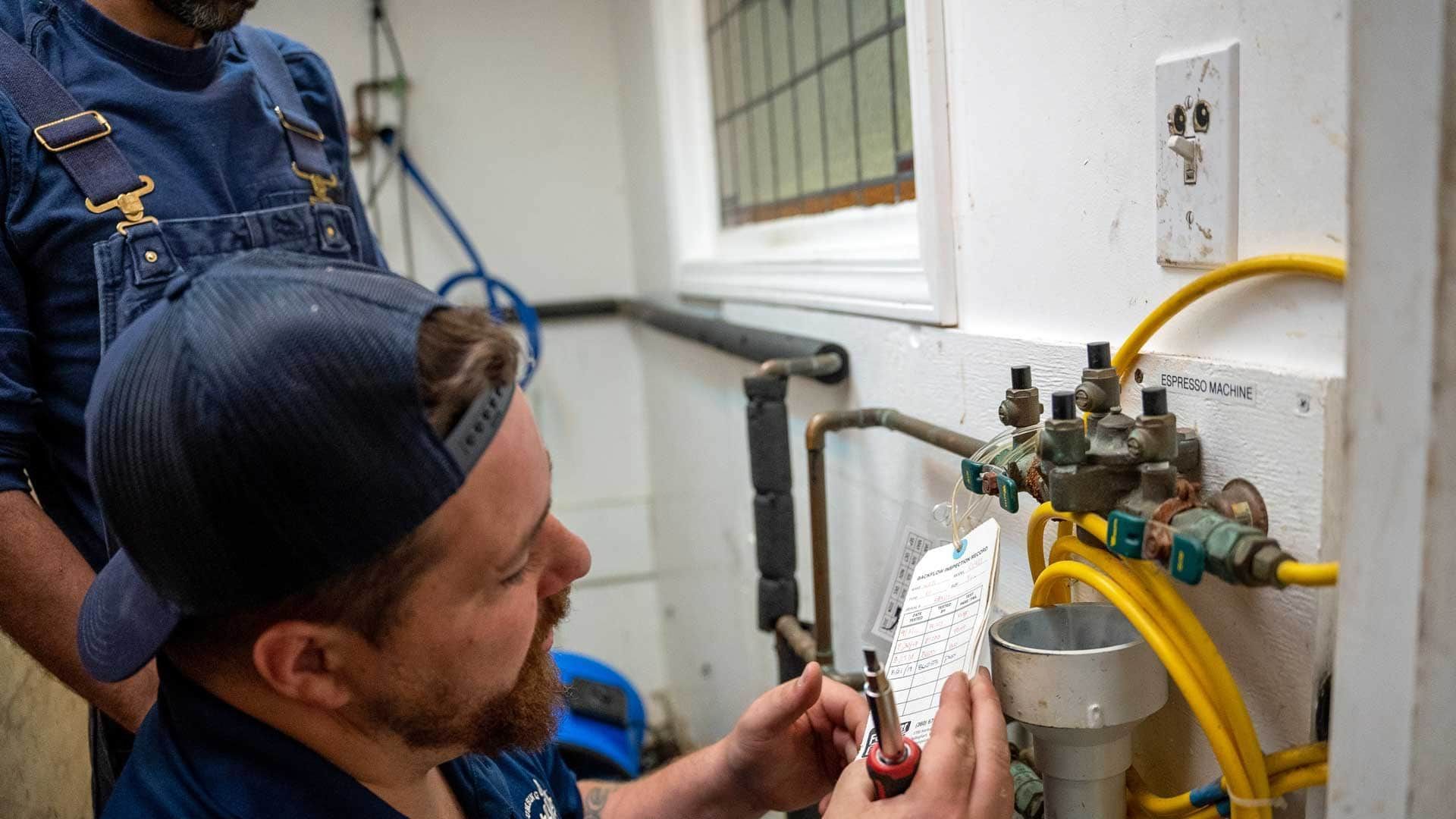What’s the difference between conventional water heaters and tankless?
November 16, 2017
Conventional water heaters are by far the most common type of water heater in the U.S. today. They range in size from 20 to 80 gallons (or larger) and are powered by electricity, natural gas, propane, or oil. Called ‘storage’ units, these water heaters transfer heat from a burner or coil to water in an insulated tank. The down side to a conventional water heater is that energy is consumed even when no hot water is being used.
Tankless water heaters do not contain a storage tank like conventional water heaters. A gas burner or electric element heats the water only when there is a demand for hot water.
Traditional: Traditional water heaters are designed to heat and store water in a tank, usually 40 or 50 gallons at a time. When someone in your home takes a shower or bath, the pre-heated water stored in the tank flows to the point of use. The tank is then filled again with new water from your water source. This new water is heated and stored, and the cycle continues.
Tankless: A tankless water heater heats water only at the time it is being used, instead of storing pre-heated water in a water tank. Therefore, the energy needed to heat the water is only consumed at the time and for the duration that the water is in demand.
There are many things to consider when choosing conventional vs. tankless water heating systems. A Gary’s water conditioning specialist can guide you through your options and get the right system for home that will give years of service and efficient performance.




